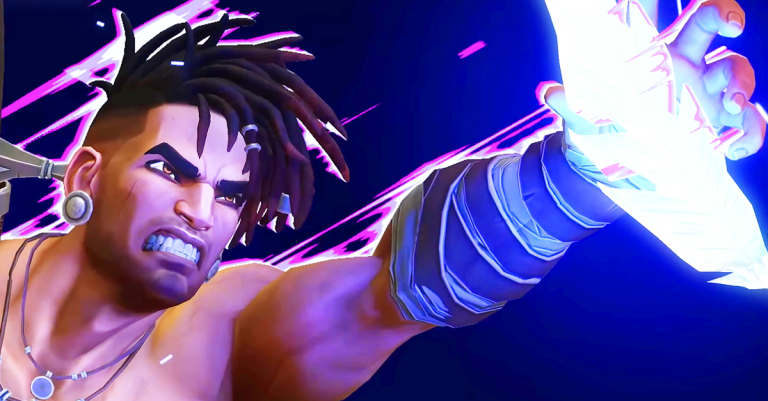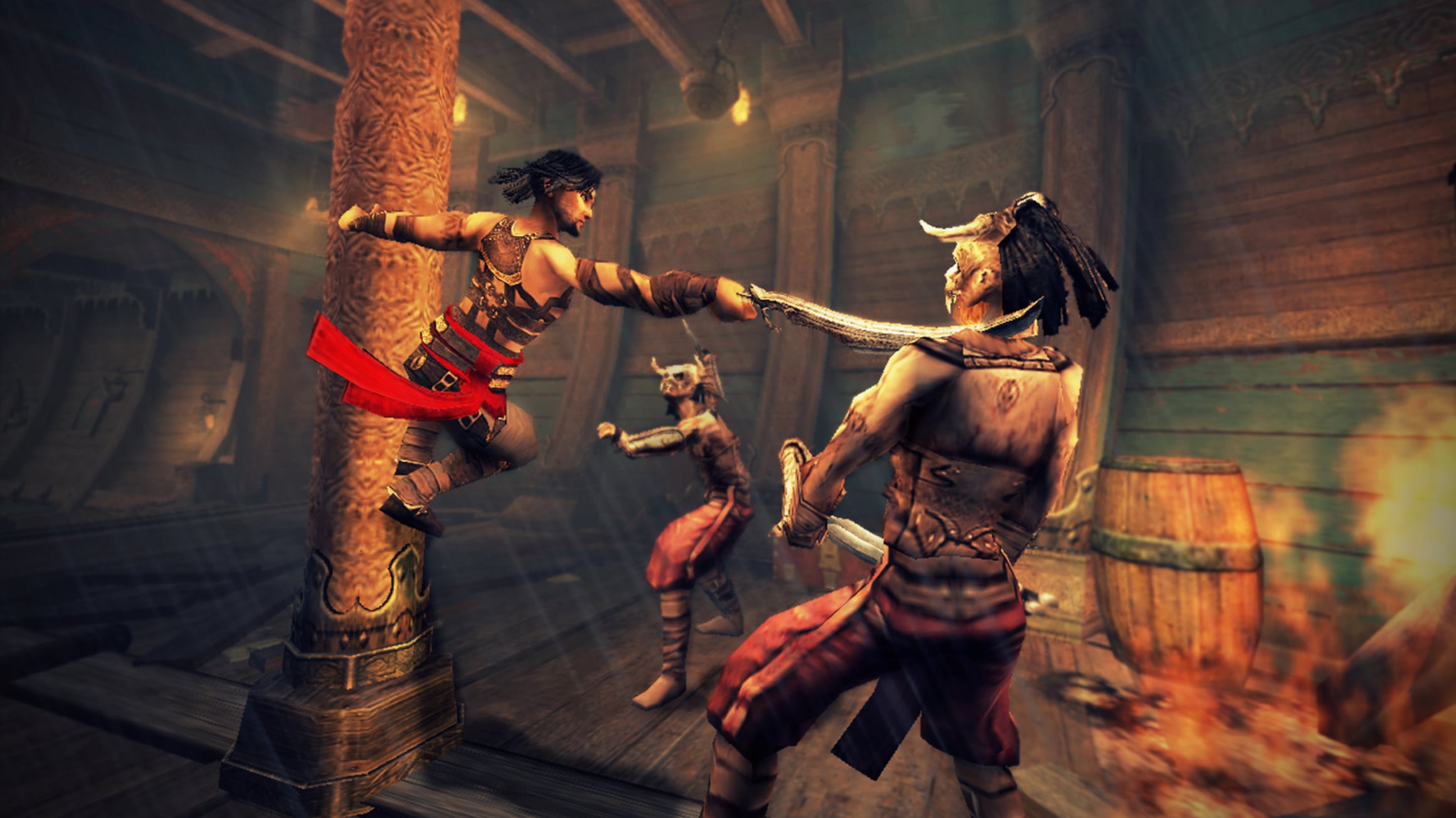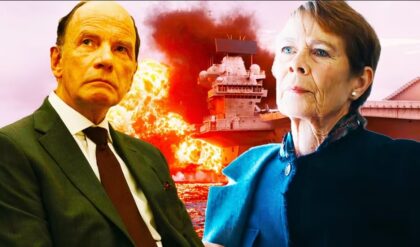
In what should have been a revival of a once-iconic franchise, Prince of Persia: The Lost Crown missed the mark on several fronts. Low sale numbers reflect Ubisoft’s mismanagement of the latest title in a storied series that redefined gaming, leaving its future uncertain.

Prince of Persia: The Lost Crown, made by Ubisoft Montpelier, became a critical darling upon release. The absence of a mainline Prince of Persia title since The Forgotten Sands in 2010 certainly helped it get rave reviews from critics and fans alike, holding a strong 85+ score.
The franchise laid dormant for many years as Ubisoft focused on other franchises, including Assassin’s Creed, Far Cry, Ghost Recon, and more. In those 14 years, Ubisoft’s reputation crumbled as the French giant opted for some rather controversial decisions and pushed out games that felt, to say the least, unfinished.
However, Prince of Persia: The Lost Crown brings back the classic series with a 2.5D, story-driven adventure that yet again plays with time travel. Set in a war-torn Persia suffering from famine, players follow Sargon, a royal and one of the elite “Immortals,” who are tasked with fighting off the Kushan Empire. The story starts with Sargon proving his worth by defeating Kushan general Uvishka. Sargon (Tommy Sim’aan) reaches out for a Time Crystal in Prince of Persia: The Lost Crown (2024), Ubisoft
Sargon (Tommy Sim’aan) reaches out for a Time Crystal in Prince of Persia: The Lost Crown (2024), Ubisoft
This is a fantastic tutorial piece that serves to introduce players to Metrodivania-styled combat and platforming but also sets the dramatic tone that will follow throughout the journey.
Unfortunately for Sargon, his character design didn’t connect with fans of the franchise. The reveal trailer repelled many as the heir to the throne was styled more as the modern Prince of Africa, featuring Killmonger-dreadlocks accompanied by an ill-thought rap soundtrack.
His darker skin tone only adds to the sentiment, completely misinterpreting the rich heritage of ancient Persia. That said, Ubisoft managed once again to alienate the core audience in an attempt to bring Prince of Persia to a modern audience.
Prince of Persia started its journey as a series of 2D games created by Jordan Mechner, centered on various incarnations of the eponymous Prince in ancient and medieval Persia. The first two games were published by Broderbund before the first 3D Prince of Persia hit the platforms in 1999.
Ubisoft acquired the rights in 2001, rebooting the franchise with The Sands of Time in 2003, turning it into a trilogy with two more successful titles, Prince of Persia: Warrior Within in 2004 and Prince of Persia: The Two Thrones in 2005.
These were the peak Prince of Persia games, turning into a cult classic with each installment selling millions of copies. This is mostly thanks to the central character, who managed to stick with fans as the players witness the Prince’s raw evolution throughout the games. Prince (Robin Atkin Downes) slashes through enemeis in Prince of Persia_ Warrior Within (2004), Ubisoft
Prince (Robin Atkin Downes) slashes through enemeis in Prince of Persia_ Warrior Within (2004), Ubisoft
RELATED: Amid Reported Shuttering Of ‘Rayman’ And ‘Prince of Persia: The Lost Crown’ Dev Team, Ubisoft Tries To Excite Players With ‘For Honor’ X ‘Destiny 2’ Collab
Fast Forward to 2024, Ubisoft probably released its best and least flawed game in the last decade with Prince of Persia: The Lost Crown. However, the beloved franchise was left out to die.
The first obstacle was a hefty $70 price tag for a Metroidvania title, followed by a limited Ubi Connect distribution, a launcher with a minimal user base. This crippled its visibility and sales potential. Launched without the reach of Steam, The Lost Crown struggled, selling only about one million copies, falling well short of Ubisoft’s projections for the game.
When it finally reached Seam in August 2024, seven months after the official launch, it couldn’t increase sales much, as the hype behind the game died down, peaking only at 1,446 players. Prince of Persia: The Lost Crown Steam charts, via steamdb.info
Prince of Persia: The Lost Crown Steam charts, via steamdb.info
An aarlier Steam launch might have saved the game and franchise overall as it is now facing an uncertain future, to say the least. Ubisoft disbanded the team behind the game, scattering the developers throughout several projects.
In the end, the Prince of Persia revival fell short, adding to a huge list of Ubisoft’s mistakes, leaving fans furious once again with the video gaming industry giant.
News
What Was With The Blood In The Diplomat Season 2?
One scene in The Diplomat season 2, episode 5 offhandedly mentions blood after Grace Penn’s arrival at Winfield House, covering a real-life practice of the Secret Service. The Diplomat starting with the attack against HMS Courageous meant the President and Vice President of the US both…
Why Kate Is Ready To Take The VP Position In The Diplomat Season 2 Ending Thoughtfully Detailed By Creator & Star
The Diplomat creator Debora Cahn and star Keri Russell have thoughtfully detailed why Kate is ready to take the Vice President position by the end of season 2. The Diplomat season 2 focused on Kate (Russell) trying to uncover who within the UK government…
Who Merritt Grove Is In The Diplomat & What He Wants
The Diplomat season 1 finale left viewers with uncertainty about who Merritt Grove is and what he wanted. Grove appeared halfway through the finale and only had brief on-screen appearances before an explosive closing scene. Grove was confirmed to be a former…
“That Final Scene!”: Stephen King Shares High Praise For Netflix Thriller
Stephen King shares praise for one of Netflix’s leading thrillers, particularly citing the show’s final scene. Netflix has assembled a few strong political dramas, which varyingly incroporate thrills. The Night Agent, one of Netflix’s biggest series, is a pure action thriller led…
The Diplomat Season 2 Completely Ignores A Massive Hal Wyler Twist From Season 1
The Diplomat season 1 introduced a huge storyline for Rufus Sewell’s Hal Wyler, but the latest run of the Netflix political drama makes absolutely no mention of the pivotal twist. By the end of The Diplomat season 2, Hal has apparently completely moved on from…
The Diplomat Season 2 Finale’s Huge Twist Was Foreshadowed Over 1 Year Ago And You Didn’t Notice It
The Diplomat season 2 finale had a very dramatic ending, and while some of it would have been almost impossible to predict, one moment was quietly teased in the Netflix political drama’s first outing back in 2023. The massive twist in The…
End of content
No more pages to load











